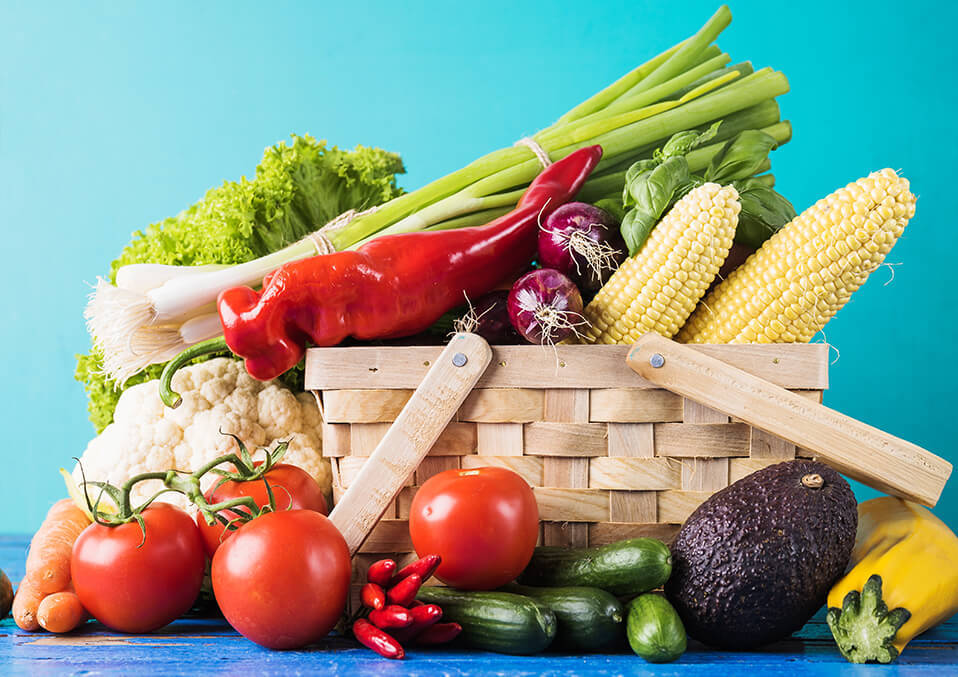Human pregnancy is described by modification in maternal lipid metabolism, which could be divided into two categories.
The first one is an anabolic phase and the second one is a catabolic phase.
The anabolic phase happens in the first and the second trimesters of a human pregnancy; and is related to several factors that cooperatively raise the deposition of lipids in maternal tissues.
The first factor is the bulimia of the mother; which gradually increases during pregnancy and thus increases the availability of exogenous metabolic substrates.
Increased lipogenesis is another point that contributes to the early assimilation of the pregnancy.
Specifically; in-situ contemplates in Periuterine fat tissue of rodents clarified the expanded transformation of Glucose into unsaturated fat; and glycerol glycerides in rodents following 20-day pregnancy.
Catabolic Phase

The transition to the catabolic state happens in the third trimester of human gestation, and is known with a faster breakdown of fat deposits as a result of increased adipose tissue lipolytic activity.
In particular; studies in rats in late pregnancy have shown an increase in the mRNA Expression of hormone-sensitive lipase activity in white adipose tissue.
Furthermore; it has been demonstrated that the level and movement of LPL in fat tissue in ladies and rodents are diminished toward the finish of pregnancy; in this manner decreasing the statement of lipids in maternal fat cells.
Non-esterified unsaturated fats and glycerol are changed over by the liver cautiously into Acyl-CoA and glycerol-3-phosphate.

A partial transesterification is carried out on the triglyceride combination. Liver triglycerides migrate into natural VLDL particles, and are then released for maternal movement.
On the other hand; glycerol can be utilized for glucose amalgamation; while NEFA can be oxidized for vitality creation and union of ketone bodies to Acetyl-CoA.
At the end of pregnancy; these pathways are necessary for the development of the fetus; as the need for metabolic substrates increases significantly.
The favored utilization of glycerol for gluconeogenesis is progressively significant in late pregnancy; when the required gluconeogenic substrates are scanty and the recently shaped glucose is pivotal for the newborn child.
Hyperlipidemia Of Pregnancy

The increase in the lipolytic activity in the adipose tissue of the mother during late pregnancy; the increase in the plasma triglyceride level does not match mainly because of the increase in the concentration of cholesterol; and the phospholipids, which cause the onset of maternal hyperlipidemia, lower triglycerides; are increased primarily in VLDL.
However, with other lipoprotein fractions; which are not normally transported as low-density Lipoprotein (LDL) and high-density lipoprotein (HDL).
The movement of this protein achieves a top in the second trimester of a human pregnancy and after that diminishes in the Third Trimester; accordingly broadening the postnatal least score.
It has been proposed that changes in CETP action relate to changes in triglyceride HDL levels; which increment drastically in the initial two trimesters of pregnancy.
Glucose Transporters Role
Glucose is the principle vitality in charge of the development of the fetal placental unit. The intense interest for this substrate; combined with the base arrival of fetal gluconeogenesis; requires the advancement of a quick framework for glucose move in bosom milk by encouraging diffusion.
The GLUT contains 14 forms of integral TRANS membrane proteins, but many of these isoforms are detected in human placental tissue.
GLUT1 is a short-term functional Protein in syncytial Trophoblast demonstrated Due to the fact that it is unique; it is regarded as the main cross-section in the human placenta.
Role Of Fatty Acids

Fatty acids play an important role in the fetal process and are an important source of energy.
They are important elements of cell layers and antecedents of bioactive sign mixes.
Fatty acids are essential for the development of fetal tissue (accumulation of white adipose tissue) and organogenesis (development of the brain).
Studies have shown that LPL activity in the placenta increases with pregnancy; and that these lipases like VLDL triglycerides hydrolyze into chylomicrons from food.
In addition, triglyceride-HDL is a preferred substrate for endothelial lipase.
The endothelial Lipase Expression also varies during pregnancy; so that the mRNA levels are higher on time than in the placenta of middle pregnancy.
Faty acid takes protein (fat) is a basic layer protein in human placenta accessible, and the special Absorption of long-chain polyunsaturated unsaturated fats (AGPALC) in Syndiotroblasten instructed.
Cholesterol.
Cholesterol plays an important role in embryonic and fetal processes. It is a significant element of cell layers where it decides film ease and inactive permeability.
The sterols also carry cholesterol-rich microdomains, so-called Lipid Rafts; which play an important role in plasma membrane-dependent signal cascades such as the Sonic Hedgehog Pathway.
Cholesterol is likewise a forerunner of bile acids and steroid hormones (glucocorticoids; which are effectively integrated toward the finish of pregnancy in the fetal adrenal organ).
Finally; it could be concluded from all this that metabolic adaptation is crucial for good fetal progress.
Different biomolecules; including unsaturated fats, Glucose, cholesterol, Ketones, and hormones; keep up during pregnancy adequate soundness in pregnant women’s metabolic adjustment.
Malformations caused by these metabolic adaptations can significantly influence the development of the fetus.
We hope this article helped you; we would be delightful if you share your comments and your feedback down below!
Read Also:
- Should Pregnant Women Run?
- Pregnancy Hip Pain: How to Relieve and Prevent Hip Pain During Pregnancy?
- Sex Life During Pregnancy – Making Way to Welcome The New Comer.
WOMEN STICK TOGETHER, SHARING IS CARING!


